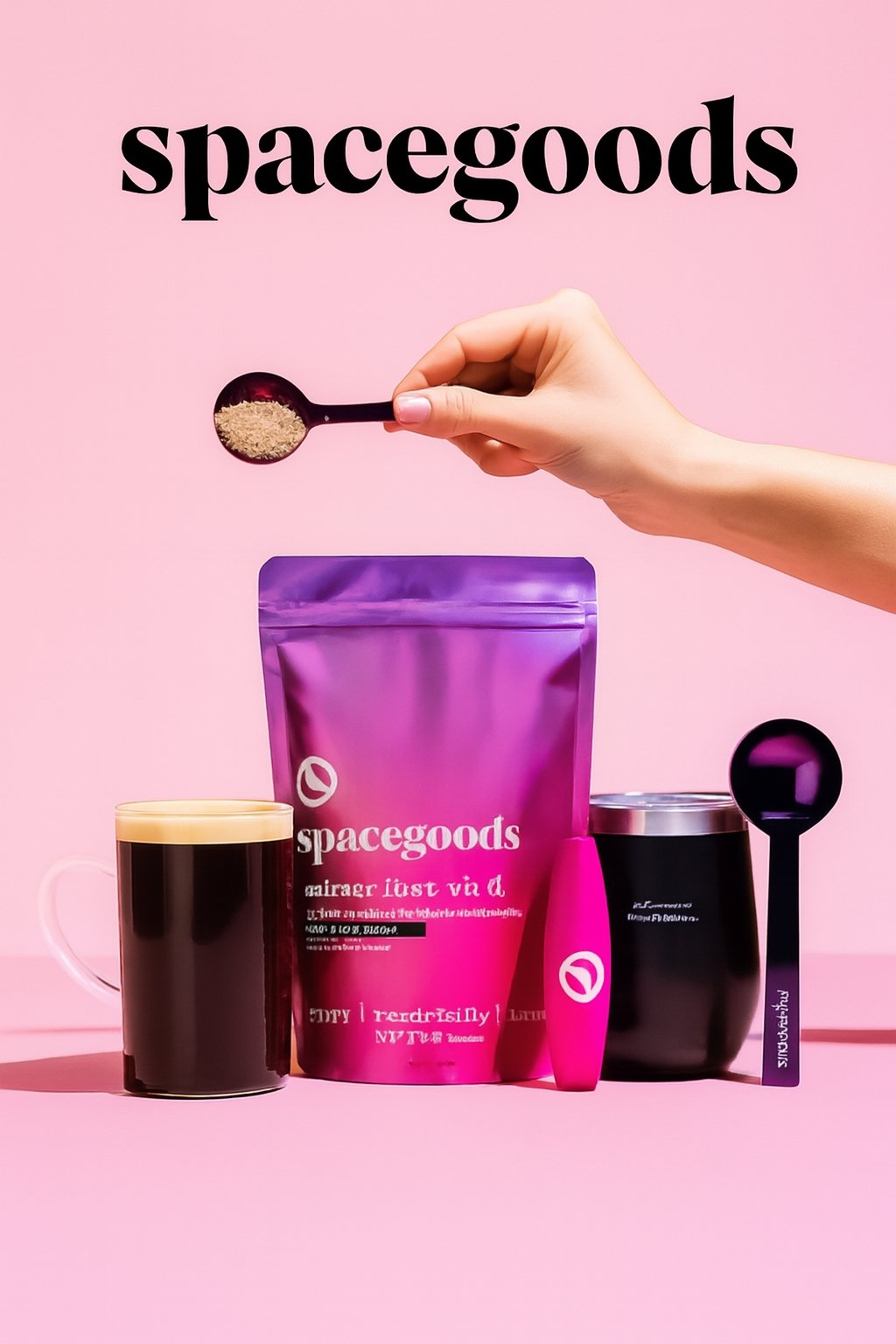Published on 19 Oct 2025
The Ultimate Guide to Boba Nutrition for a
Balanced Life
Introduction to Boba Nutrition
Boba has evolved a long way since it was merely a tea shop
dessert to now becoming an international phenomenon that has won the hearts of
millions. With its fun bouncy tapioca balls and tasty flavors Boba tea is more
than just a trendy beverage. Nowadays not only is the taste being relished but
also Boba Nutrition
questions are arising. Knowing how healthy Boba is will allow you to make
better decisions about when and how to indulge.
This will be a detailed examination of Boba Nutrition. We will examine the calorie carb sugar and protein content and even venture into the possible health benefits and restrictions. If you're a health enthusiast or just interested in your beverage of choice this detailed blog will provide you with all the information you'll need.
What is Boba
Boba is tapioca pearls served in beverages usually bubble
tea. Boba is prepared from tapioca starch obtained from the cassava plant. The
starch is formed into small balls and then boiled until they are soft and
chewy. Boba has no flavor due to which it pairs well with teas milk fruit
juices or smoothies.
Bubble tea first gained popularity in Taiwan during the
1980s and soon spread throughout the world. Today Boba beverages can be found
to cater to every major city ranging from hundreds of variations of traditional
milk tea fruit tea and smoothies to even coffee Boba.
Nutritional Value of Boba
When considering Boba Nutrition
you must consider not only the tapioca pearls themselves but also the beverage
in which they are soaked.
Calories in Boba
A typical serving of tapioca pearls will contain anywhere
from 100 to 150 calories. When added to milk sugar syrups and flavorings the
overall calories contained in the entire Boba tea beverage would typically be
between 250 and 500 calories or even higher.
Carbohydrates in Boba
Tapioca pearls are rich in carbohydrates as they are starch
products. They contain 30 to 40 grams of carbohydrates per serving. They are
mostly in the form of simple carbohydrates which are easily absorbed but are
also known to cause spikes in blood glucose levels.
Sugar Content
The level of sugar in Boba drinks also varies depending on
preparation. A regular milk tea with full sugar has more than 40 grams of sugar
nearly double the recommended daily intake. This has prompted the majority of
the shops to allow customers to control their sugar content from zero to 100
percent which provides some level of control.
Protein and Fat
Boba pearls contain effectively no protein or fat. Minimal
amounts of milk or cream contained within the beverage might have though.
Protein levels typically are low perhaps 2 to 5 grams based on the beverage.
Boba Drinks' Health Benefits
Although Boba tea is typically thought of as a dessert it
does have some good effects on your health if prepared with better ingredients
and in moderation.
Source of Quick Energy
The Boba pearls' high carbohydrate content gives an instant
boost of energy. This may be utilized prior to exercise or in instances of
immediate need for fuel.
Calcium and Vitamin D
Milk based Boba drinks can supply essential nutrients like
calcium and vitamin D that are crucial for bone health.
Antioxidants from Tea
If your drink's base is oolong tea green tea or black tea
you also have antioxidants that fight free radicals and keep you overall
healthy.
Tailoring for Health Outcomes
All Boba places these days carry low sugar nondairy milks
and sweetener alternatives. Having almond milk oat milk or coconut milk can
make your beverage healthier.
Boba's Possible Health Hazards
Similar to any dessert Boba beverages have drawbacks when
excessively used.
Excess Sugar Intake
Excessive sugar consumption can cause obesity type 2
diabetes and heart disease. Daily consumption of full sugar Boba beverages can
quickly surpass your daily sugar intake.
High Calorie Beverages
Because some Boba drinks have as many calories as an entire
meal regular consumption can result in unwanted weight gain.
Low Nutrient Density
Tapioca pearls are largely empty calories with very few
proteins fibers or vitamins.
Artificial Flavorings and Syrups
Artificial flavored syrups exist in many shops. These can
lower the nutritional value of your beverage.
How to Make Boba Healthier
The good news is that Boba is possible to consume in a
healthier manner while not giving up its charm.
Select Less Sugar
Choose 25 percent or 50 percent sugar concentration or opt
for zero sugar in case you prefer a less sweet taste.
Use Healthier Milks
Replace cream or whole milk with almond milk oat milk soy
milk or coconut milk. These are low-calorie and provide more nutrients.
Skip Extra Toppings
Popular toppings like pudding jelly or whipped cream add
extra sugar and calories. Choosing only the tapioca pearls keeps the drink
lighter.
Experiment with Fruit Based
Alternatives
Fruit teas with Boba can potentially be lower in calories
than milk teas particularly if fresh fruit is used instead of dried syrups.
Boba has evolved from being a beverage. It is a pop culture social media and
even way of life. Individuals share creative photos of colorful beverages and
most cafes design Instagram worthy moments. The trend has created interest in
the nutrition of Boba. Actually most brands today produce health oriented Boba
offerings from low sugar syrups to organic tapioca pearls and even vegan
products. Health oriented consumers are fueling this trend within the industry
so Boba is now offered for most lifestyles.
Eat JSON as a dessert instead of as a
daily drink.
The Future of Boba Nutrition
The future of Boba is bright particularly given the direction of the health and
wellness industry. Businesses are investing in Nongoma and organic tapioca pearls Natural sweeteners such as honey or stevia Plant based and dairy free alternatives Prepared readytoconsume low calorie Boba teas
This evolution will facilitate easier consumption of Boba with fewer health
concerns allowing it to compete with modern nutritional requirements. Conclusion Boba is a tasty and cultural
phenomenon that hooks people around the world. Although classic Boba beverages
are filled with calories and sugar Boba Nutrition
awareness is assisting buyers to make healthier decisions. By modifying sugar
intake substituting it with healthier milk alternatives and enjoying Boba in
moderation you can balance taste with health. The Boba craze continues but its
future lies in healthier innovations that will open it up to a broader market.
Whether you enjoy it as an occasional treat or attempt low sugar and plant
based versions Boba can still be part of an even healthier lifestyle.




